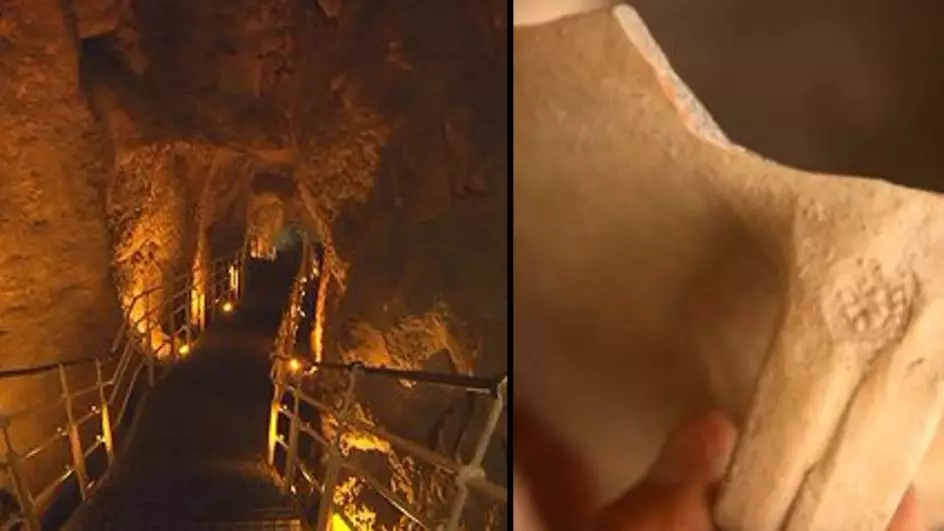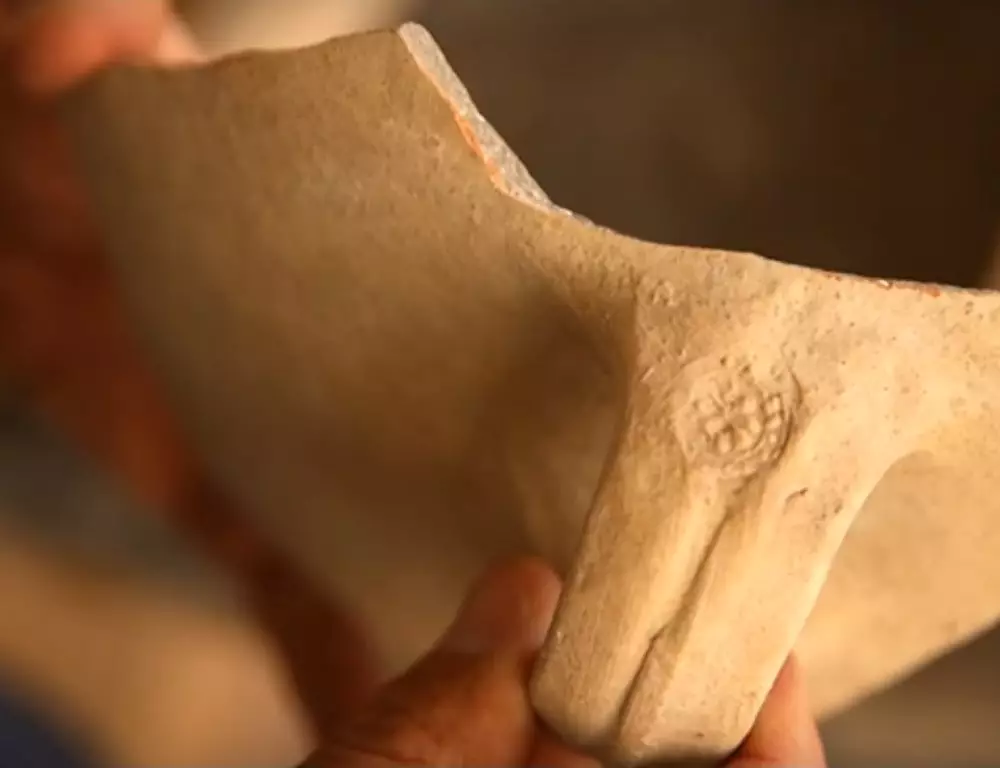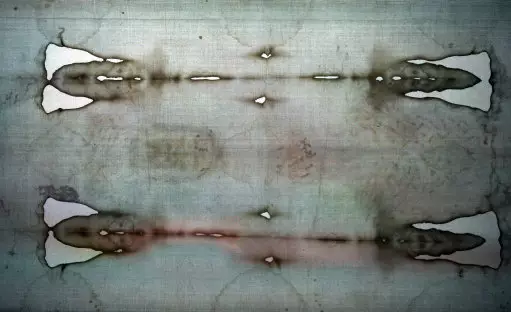
An excavation of the City of David in Jerusalem appears to have proven a passage of the Bible to be historically accurate.
Unearthed burnt artefacts dating back 2,600 years were discovered at the site, corroborating the burning and capture of the city written in the scriptures.
Burnt bones, grape seeds, wood and pottery were all discovered by archaeologists from the Israel Antiquities Authority, covered under layers of ash.
Watch footage of the discovery here:
Credit: Israel Antiquities Authority Official Channel
A passage in the Book of Jeremiah reads: "Now on the seventh day of the fifth month, which was the nineteenth year of King Nebuchadnezzar, king of Babylon, Nebuzaradan the captain of the guard, a servant of the king of Babylon, came to Jerusalem.
"He burned the house of the Lord, the king's house, and all the houses of Jerusalem; even every great house he burned with fire."
Advert
One distinct and rare finding was a small ivory statue of a woman, the figure was naked, and her haircut or wig is Egyptian in style.
The excavators appeared to have confirmed the historical significance of the items found in the dig.

Credit: Israel Antiquities Authority Official Channel
Advert
Ortal Chalaf and Dr. Joe Uziel, Israel Antiquities Authority excavation directors, said: "These seals are characteristic of the end of the First Temple Period and were used for the administrative system that developed towards the end of the Judean dynasty.
"Classifying objects facilitated controlling, overseeing, collecting, marketing and storing crop yields. The rosette, in essence, replaced the 'For the King' seal used by the previous administrative system."
It comes after the sensational claim last month that holy site, the Shroud of Turin, is stained with the blood of a torture victim.

Advert
Credit: PA Images
If true, this would support the claims the artefact was used to bury Jesus, contradicting claims that the famous image of a face was painted on by forgers during the dark ages.
These particles had a 'peculiar structure, size and distribution', according to University of Padua professor Giulio Fanti.
"Hence, the presence of these biological nanoparticles found during our experiments point to a violent death for the man wrapped in the Turin Shroud," he added.
Advert
The origins of the shroud and its images are the subject of intense debate among theologians, historians and researchers.